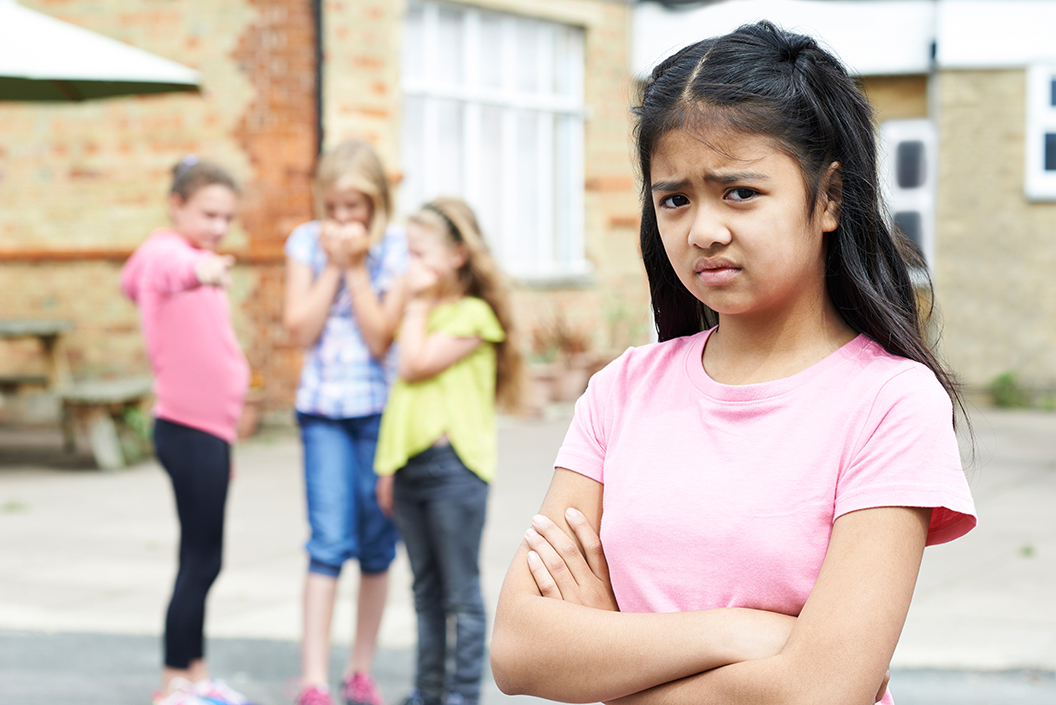On Stop Bullying Day today, it is important to understand bullying. We all must recall that “You never look good making someone else look bad.” According to the CDC and Department of Education, the definition of bullying incorporates three elements: unwanted aggressive behavior, power imbalance, and repetition or high likelihood of bullying behaviors.
Bullying affects all youth – those who are bullied, those who bully others, and those who witness bullying. About 20% of students ages 12 -18 nationwide experience bullying. Nationwide, 19% of students in grades 9 – 12 reported being bullied on school property in the 12 months prior to the survey.
Types of Bullying
- Verbal Bullying – Includes abusing, name-calling, teasing, taunts, threats, inappropriate sexual comments, etc.
- Physical Bullying – punching, kicking, thrashing, pushing, and making demeaning hand gestures.
- Social Bullying – includes bossing over others, spreading rumors or gossip, excluding a peer deliberately, creating embarrassing situations for others, etc.
- Cyber Bullying: Cyber bullying is bullying with the use of digital technologies. It is aimed at scaring, angering, or shaming those who are targeted. Cyber harassment can be particularly traumatic since the bully can remain anonymous, spread false information or images of the victim on a digital platform, carry out identity theft, and alike.
Persistent bullying can lead to or worsen feelings of isolation, rejection, exclusion, and despair, as well as depression and anxiety, which can contribute to suicidal behavior. However, the vast majority of young people who are bullied do not become suicidal. Most young people who die by suicide have multiple risk factors. To learn more about the complex relationship between bullying and suicide, read The Relationship Between Bullying and Suicide: What We Know and What it Means for Schools from the CDC.
Signs of Bullying
Some of signs that your loved one is being bullied are unexplained injuries, misplaced valuables, loss of interest in usual activities, reluctance to go to school, deteriorating grades, and isolation.
Although bullying is prevalent in individuals from all races and ethnic backgrounds. Minorities like South Asians may be more vulnerable because of accent, food habits, attire, and so on.
How to Help Stop Bullying
Solutions to bullying are complex but possible with the involvement of the entire school community – students, families, administrators, teachers, and staff such as bus drivers, nurses, cafeteria and front office – in creating a culture of respect. Read more about how to prevent bullying.
It is imperative to make children/teens believe they can approach parents, teachers, or siblings so they can receive emotional support and the bully can be reported. Children must be taught strategies to stay safe and cope more effectively with bully situations. Bystanders, or those who see bullying, can make a huge difference when they intervene on behalf of someone being bullied. Adults can help by talking to children about bullying, encouraging them to do what they love, modeling kindness and respect, and seeking help. Don’t watch the drama, intervene!
Bullying among children is a global challenge with lasting impact into adulthood on those who are bullied, those who bully, and those who witness bullying. Let us take a pledge on this National Stop Bullying Day to become more informed about bullying and do something. Let’s spread anti-bullying awareness, let’s join hands to stop bullying.
 by Hritika Ahuja
by Hritika Ahuja
SAMHIN volunteer and advocate

